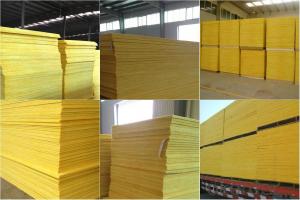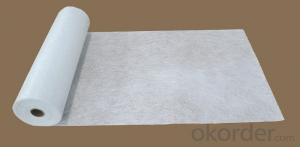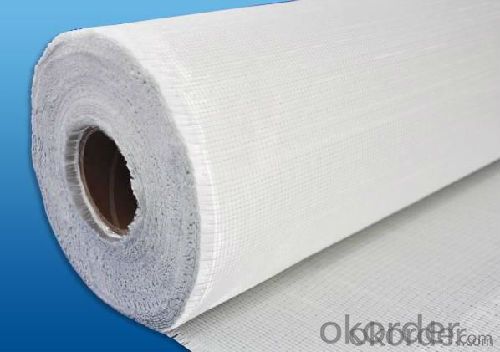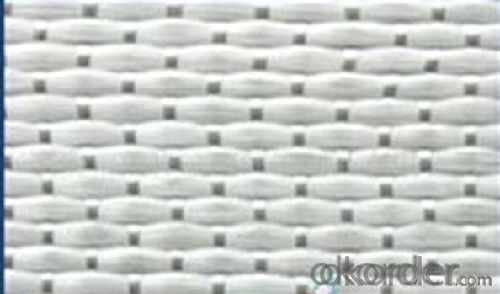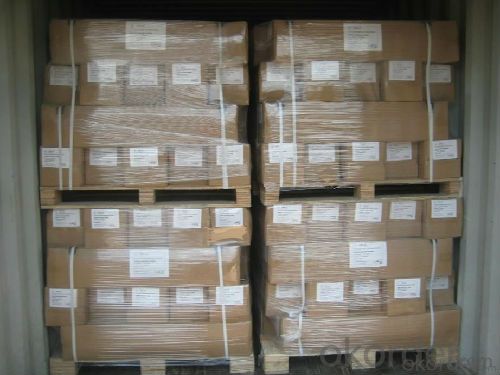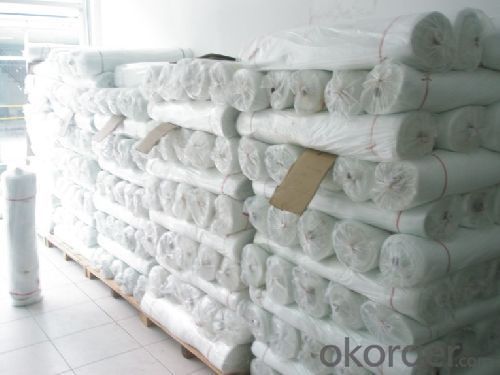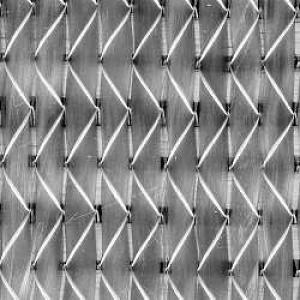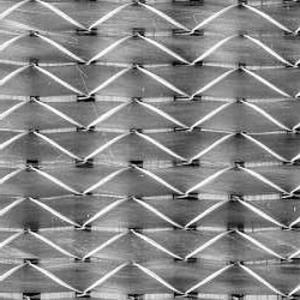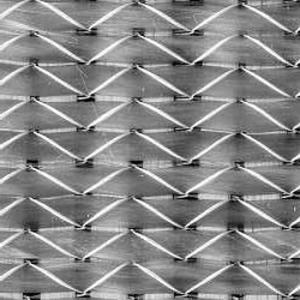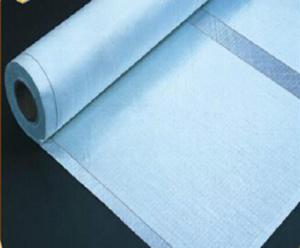Fiberglass Mat Tissue - Multiaxial Fabric-UD 90 Degree-500g/m2
- Loading Port:
- China main port
- Payment Terms:
- TT or LC
- Min Order Qty:
- 10000 m²
- Supply Capability:
- 500000 m²/month
OKorder Service Pledge
OKorder Financial Service
You Might Also Like
Description & application | |||||||||||||||||||||||||||||||||||||||||||||||||||||||||||||||||||||||||||||||||||||||||||||||||||||||||||||||||||||||||||||||||||||
◎ This fabric is made of fiberglass roving which are aligned at 0° or 90° into one layer of roving by stitching together with or without one layer of chopped strand. It is mainly applied in the hand lay up, RTM and other close molding processes. | |||||||||||||||||||||||||||||||||||||||||||||||||||||||||||||||||||||||||||||||||||||||||||||||||||||||||||||||||||||||||||||||||||||
| |||||||||||||||||||||||||||||||||||||||||||||||||||||||||||||||||||||||||||||||||||||||||||||||||||||||||||||||||||||||||||||||||||||
◎ Small gap between fibers, Increased strength, reduced product weight and better surface finish.
| |||||||||||||||||||||||||||||||||||||||||||||||||||||||||||||||||||||||||||||||||||||||||||||||||||||||||||||||||||||||||||||||||||||
Product Benefits :
• Good mouldability • Stable resin speed for vacuum infusion process • Good combination with resin and no white fiber (dry fiber) after curing
| |||||||||||||||||||||||||||||||||||||||||||||||||||||||||||||||||||||||||||||||||||||||||||||||||||||||||||||||||||||||||||||||||||||
| |||||||||||||||||||||||||||||||||||||||||||||||||||||||||||||||||||||||||||||||||||||||||||||||||||||||||||||||||||||||||||||||||||||
| |||||||||||||||||||||||||||||||||||||||||||||||||||||||||||||||||||||||||||||||||||||||||||||||||||||||||||||||||||||||||||||||||||||
Each roll is wrapped by PE film and then packed into carton. Stacking in bulk or palletized is available; the pallet shall be no higher than 2 layers.
FAQ 1) which kind of glass fiber sample and materials can you provide? We can provide the glass fiber and glass fiber down stream products samples of E glass, C glass, ECR glass, High alkali glass. The products includes single end roving, assembled roving for different applications( Piping, SMC, panel, winding mill plate) , chop strand for BMC, engineering plastic (PA, PPA, PPT, POM, etc), chop strand mat (from 100gsm-900gsm) for automobile and water tank, etc, woven roving (270gsm-800gsm), surface tissue (25-50gsm), multi-axial fabric of different unit weight. 2) Can you provide glass fiber composite material? We can provide GFRP profile such as grating, T beam, U beam and other assembles pieces such as GFRP triangle frame, dust bin, fireplace, etc 3) How much sample can you provide and who will bear the
| |||||||||||||||||||||||||||||||||||||||||||||||||||||||||||||||||||||||||||||||||||||||||||||||||||||||||||||||||||||||||||||||||||||
- Q: Can fiberglass mat tissue be used for soundproofing?
- Indeed, soundproofing can be achieved with the utilization of fiberglass mat tissue. Renowned for its remarkable sound absorption capabilities, fiberglass proves to be an exceptional choice. Whether employed as a mat or tissue, it effectively diminishes noise transmission by absorbing and attenuating sound waves. The porous composition of fiberglass enables it to capture and disperse sound energy, rendering it a perfect material for soundproofing purposes. Furthermore, fiberglass possesses the advantages of being lightweight, flexible, and straightforward to install, thus making it an exceedingly convenient option for soundproofing endeavors.
- Q: Can fiberglass mat tissue be used for insulating concrete forms (ICFs)?
- Yes, fiberglass mat tissue can be used for insulating concrete forms (ICFs). Fiberglass mat tissue acts as a reinforcement layer that can be applied directly to the surface of ICFs. It helps to provide additional strength and durability to the concrete, while also enhancing the insulation properties of the ICF system. The fiberglass mat tissue is typically embedded in a thin layer of adhesive or mortar, which helps to bond it to the ICF surface. This combination of fiberglass mat tissue and adhesive or mortar creates a strong, insulated barrier that helps to minimize heat loss and improve energy efficiency in a building. Additionally, fiberglass mat tissue is lightweight and easy to handle, making it a convenient choice for ICF installations.
- Q: Can fiberglass mat tissue be used for making lightweight ceilings?
- Yes, fiberglass mat tissue can be used for making lightweight ceilings. Fiberglass mat tissue is a thin and lightweight material made from fiberglass strands that are bonded together with a binder. It is commonly used in construction and building applications due to its excellent strength-to-weight ratio. When used for making lightweight ceilings, fiberglass mat tissue can provide several advantages. Firstly, it is lightweight, which makes it easier to handle and install. This can save time and effort during construction or renovation projects. Additionally, fiberglass mat tissue is also known for its high tensile strength and durability, making it a suitable choice for ceilings that need to withstand various loads and stresses. Furthermore, fiberglass mat tissue has good thermal insulation properties, which can help in maintaining a comfortable indoor environment. It can also offer sound insulation benefits, reducing noise transmission between different spaces or floors. Moreover, fiberglass mat tissue is resistant to moisture, mold, and mildew, which makes it suitable for areas with high humidity or moisture concerns such as bathrooms or kitchens. It is also non-combustible, providing an added level of fire resistance to the ceiling structure. In conclusion, fiberglass mat tissue can indeed be used for making lightweight ceilings. Its lightweight nature, strength, durability, thermal and sound insulation properties, as well as resistance to moisture and fire, make it a suitable choice for various ceiling applications.
- Q: What is the tensile strength of fiberglass mat tissue?
- The tensile strength of fiberglass mat tissue typically ranges between 30 and 150 pounds per inch (lb/in). However, it is important to note that the exact tensile strength can vary depending on the specific type and quality of fiberglass mat tissue being used.
- Q: Can fiberglass mat tissue be used for acoustic panels?
- Yes, fiberglass mat tissue can be used for acoustic panels. Fiberglass mat tissue is a lightweight material that is commonly used for sound absorption and insulation purposes. It has excellent sound-absorbing properties and can effectively reduce noise levels in various applications, including acoustic panels. It is often used as the core material in acoustic panels to enhance their sound-absorbing capabilities. Additionally, fiberglass mat tissue is easy to work with, making it a popular choice for DIY acoustic panel projects. However, it is important to note that the effectiveness of acoustic panels also depends on other factors such as panel design, thickness, density, and installation method. Therefore, it is recommended to consult with experts or conduct thorough research to ensure that fiberglass mat tissue is the appropriate material for your specific acoustic panel needs.
- Q: Is fiberglass mat tissue suitable for soundproofing?
- Yes, fiberglass mat tissue is suitable for soundproofing. It is an effective material for absorbing and dampening sound waves, making it a popular choice for soundproofing applications in buildings, vehicles, and other structures.
- Q: How does fiberglass mat tissue compare to other reinforcing materials, such as carbon fiber or kevlar?
- Fiberglass mat tissue is a reinforcing material that offers several advantages compared to other materials like carbon fiber or Kevlar. While carbon fiber is known for its excellent strength and stiffness, fiberglass mat tissue provides a more cost-effective solution with good strength-to-weight ratio. It is also highly resistant to corrosion, making it suitable for various applications. On the other hand, Kevlar is popular for its exceptional strength and impact resistance, but it is generally more expensive than fiberglass mat tissue. Therefore, the choice between these reinforcing materials depends on the specific requirements of the project, considering factors like cost, strength, stiffness, and corrosion resistance.
- Q: Can fiberglass mat tissue be used for insulating refrigeration units?
- Yes, fiberglass mat tissue can be used for insulating refrigeration units. Fiberglass mat tissue is a lightweight material that has excellent thermal insulation properties. It is commonly used in various applications where insulation is required, including refrigeration units. The fiberglass mat tissue helps to reduce heat transfer, keeping the internal temperature of the refrigeration unit stable and preventing any external heat from affecting the stored items. Additionally, fiberglass mat tissue is resistant to moisture, which is important in refrigeration units to prevent condensation and maintain the efficiency of the cooling system. Overall, fiberglass mat tissue is a suitable and effective choice for insulating refrigeration units.
- Q: Is fiberglass mat tissue resistant to corrosion?
- Yes, fiberglass mat tissue is resistant to corrosion.
- Q: Can fiberglass mat tissue be used for reinforcing concrete structures?
- Yes, fiberglass mat tissue can be used for reinforcing concrete structures. Fiberglass mat tissue is a thin, lightweight material made from woven glass fibers. It offers high strength-to-weight ratio and excellent corrosion resistance, making it an ideal choice for reinforcing concrete structures. When used as reinforcement in concrete, fiberglass mat tissue is typically embedded into the concrete mix. It helps improve the tensile strength and ductility of the concrete, preventing cracks and increasing its overall durability. Fiberglass mat tissue is commonly used in applications such as precast concrete panels, concrete pipes, and concrete overlays. It provides reinforcement to these structures, allowing them to withstand heavy loads and resist cracking, especially in areas where concrete alone may not be sufficient. Furthermore, fiberglass mat tissue is also resistant to chemicals and environmental factors, making it suitable for use in harsh conditions or exposed environments. It does not corrode or rust like traditional steel reinforcements, ensuring the longevity and structural integrity of the concrete structure. Overall, fiberglass mat tissue is a reliable and effective option for reinforcing concrete structures. Its lightweight nature, high strength, corrosion resistance, and durability make it a popular choice in the construction industry.
Send your message to us
Fiberglass Mat Tissue - Multiaxial Fabric-UD 90 Degree-500g/m2
- Loading Port:
- China main port
- Payment Terms:
- TT or LC
- Min Order Qty:
- 10000 m²
- Supply Capability:
- 500000 m²/month
OKorder Service Pledge
OKorder Financial Service
Similar products
Hot products
Hot Searches
Related keywords











